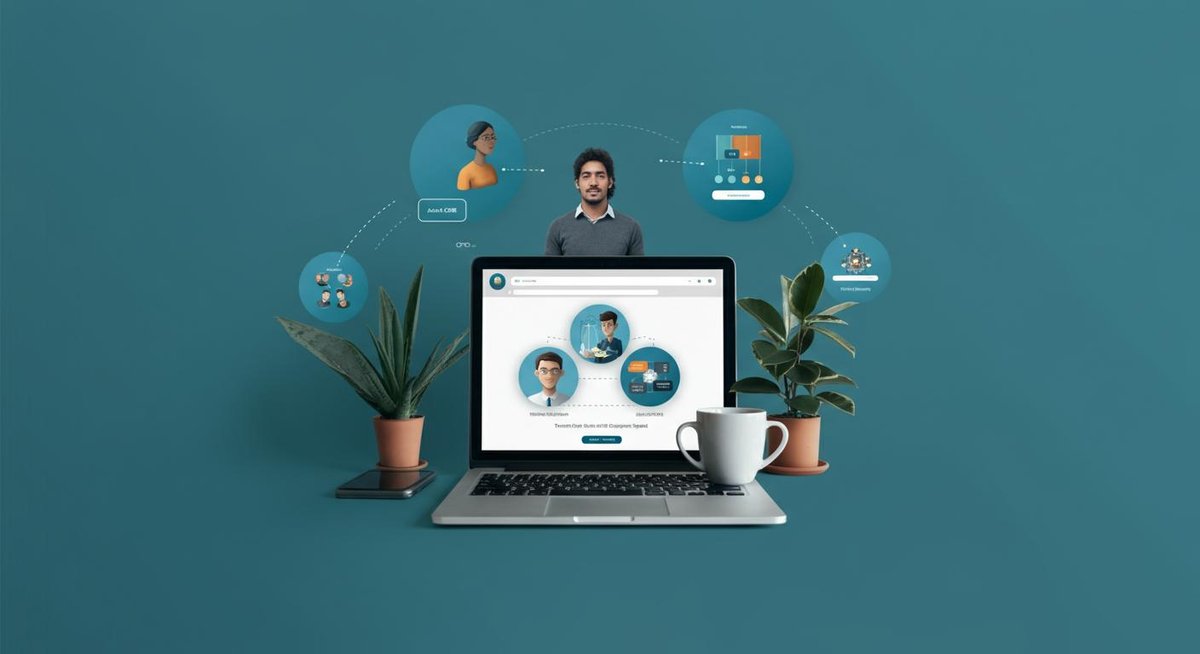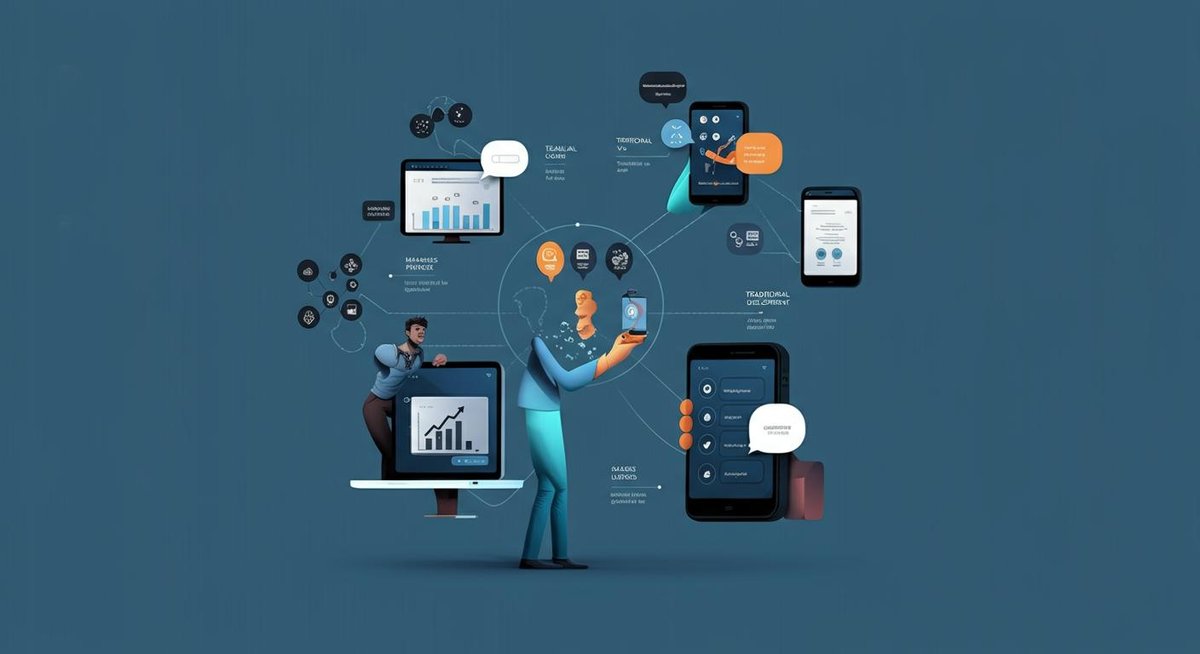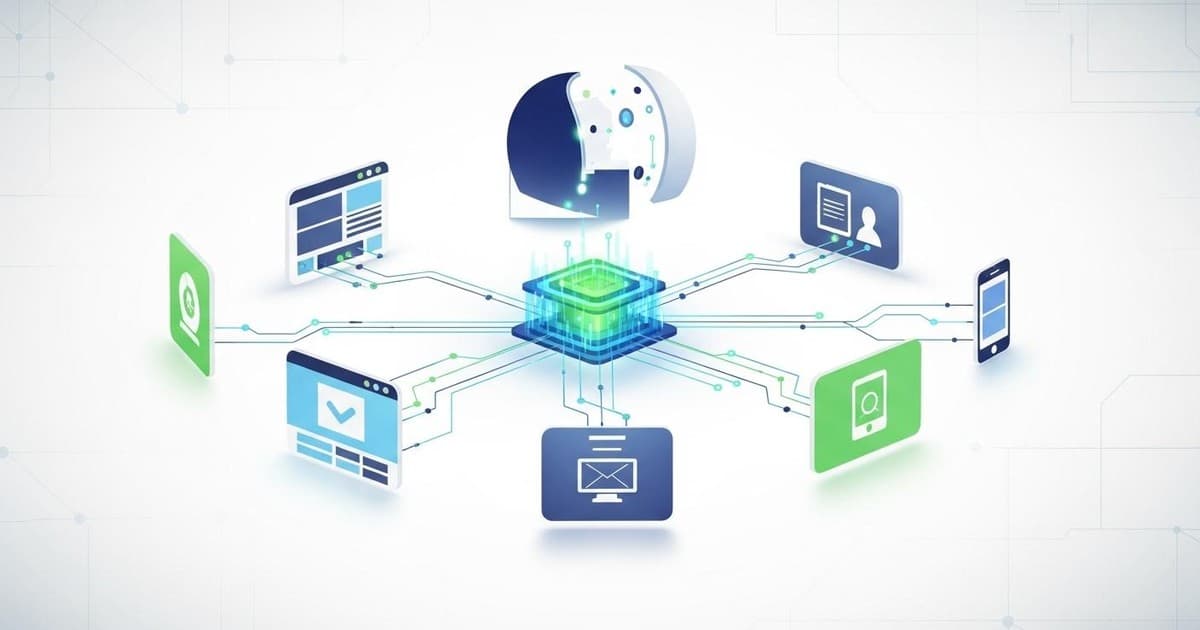
How a Headless CMS for Startups Accelerates Launch Times
A headless CMS for startups dramatically accelerates launch times by enabling parallel development workflows, eliminating frontend constraints, and simplifying multi-channel deployment. While traditional monolithic systems force sequential development processes that can stretch launch timelines to 10-12 weeks, headless architecture allows teams to work simultaneously on different components, potentially cutting time-to-market in half.
The startup mantra is "launch fast, iterate faster." But what if your technology is holding you back before you even start? Traditional website and app development is often slow, sequential, and rigid, creating a major bottleneck for getting your Minimum Viable Product to market. This is where the fundamental shift to decoupled architecture becomes a game-changer for ambitious startups.
The problem isn't just about speed—it's about agility. When your content management system dictates how your frontend looks and behaves, you're essentially building your business on someone else's foundation. Every customization becomes a workaround, every pivot requires rebuilding, and every new channel means starting from scratch.
Understanding Headless Architecture for Modern Startups

Traditional content management systems like WordPress operate as monolithic structures where the backend content repository and frontend presentation layer are tightly coupled. Think of it as a house where the plumbing, electrical, and interior design are all hardwired together—changing one element requires disrupting everything else.
A headless CMS fundamentally restructures this relationship by decoupling the "head" (presentation layer) from the "body" (content repository). The content lives in a backend system accessible through APIs, while the frontend can be built using any modern technology stack. This separation creates unprecedented flexibility and speed advantages.
Consider this simple analogy: imagine your content as inventory in a central warehouse. With a traditional CMS, you have one specific storefront with predetermined shelving and layout. With a headless approach, you can create multiple storefronts—a website, mobile app, smart watch interface, or voice assistant—all pulling from the same inventory through API connections.
This architectural shift enables what many successful startups have discovered: the ability to experiment rapidly without rebuilding core infrastructure. When content management becomes truly centralized and API-driven, your team gains the freedom to innovate at the presentation layer without disrupting the content foundation.
Four Critical Ways Headless CMS Transforms Development Speed

The speed advantages of headless architecture stem from fundamental changes in how development teams can organize their work. Instead of waiting in line for sequential handoffs, teams can work in parallel, dramatically compressing traditional timelines.
Parallel development workflows represent the most significant time-saver. Frontend developers no longer wait for backend completion before starting their work. They can begin building user interfaces using mock API data while content modelers structure the backend simultaneously. This parallel approach eliminates the traditional bottleneck where frontend work couldn't begin until backend systems were fully operational.
Frontend freedom accelerates development by removing technological constraints. Teams can choose the fastest, most appropriate tools for their specific needs—whether that's React for complex interactions, Next.js for performance optimization, or Vue for rapid prototyping. Developers work with familiar, modern frameworks instead of learning proprietary templating languages or working within restrictive theme systems.
Rapid prototyping and pivoting become trivial when content and presentation are decoupled. Need to test a completely different user experience? Spin up a new frontend and connect it to your existing content API. This capability transforms A/B testing from a weeks-long project into a same-day experiment, enabling data-driven decision making at startup speed.
Multi-channel launch simplification addresses the modern reality that successful products rarely exist on a single platform. With headless architecture, launching simultaneously on web and mobile doesn't require building two separate content systems. Content is managed once and delivered everywhere through API connections, eliminating duplicate work and ensuring consistency across channels.
These advantages compound over time. As your startup grows and adds new touchpoints—perhaps a customer portal, partner dashboard, or IoT integration—each addition leverages the same content infrastructure rather than requiring separate systems.
Real-World Timeline Comparison: Traditional vs Headless Development

The theoretical advantages of headless architecture become clear when examining actual development timelines. Consider two hypothetical startups launching similar products with different technological approaches.
The traditional startup follows a sequential development path that stretches across 10-12 weeks. Week one through four involves backend team building the CMS and database structure. During this period, content and frontend teams remain largely idle, perhaps working on planning documents but unable to begin implementation. Weeks five through seven see the content team populating the system while frontend developers finally gain access to begin theme development. The final three to five weeks involve frontend implementation, testing, and launch preparation.
This sequential approach creates multiple points of failure and delay. Backend complications push everything downstream. Content structure changes require frontend modifications. Integration issues surface only at the end when components finally connect.
The headless startup operates on an entirely different timeline, completing launch preparation in just 4-6 weeks through parallel workflows. From day one, three teams work simultaneously. Backend developers define content models and API structures. Frontend teams build user interfaces using mock data that matches the planned API responses. Content creators begin writing and organizing materials in the headless CMS interface.
By week three, teams begin integration testing as live APIs replace mock data. Week four focuses on optimization, testing, and final preparations. The compressed timeline results from eliminating sequential dependencies and enabling continuous integration throughout the development process.
This isn't just theoretical—companies using platforms like Decipher CMS regularly achieve these accelerated timelines through AI-powered workflow automation that further streamlines content operations. When content creation, optimization, and distribution become automated processes, teams can focus entirely on building exceptional user experiences.
Strategic Long-Term Benefits Beyond Initial Launch

The advantages of headless architecture extend far beyond initial launch acceleration. For startups planning sustainable growth, the long-term strategic benefits often prove more valuable than the immediate speed gains.
Future-proofing becomes built into your technology stack when content and presentation are properly decoupled. As new platforms emerge—voice assistants, augmented reality interfaces, IoT devices—your content infrastructure remains constant while new presentation layers can be added without disrupting existing systems. This adaptability proves crucial as startups pivot, expand, or respond to market changes.
Performance and scalability advantages compound over time. Modern frontend frameworks typically deliver superior performance compared to traditional CMS themes. More importantly, frontend and backend systems can be scaled independently based on actual usage patterns. If your mobile app experiences explosive growth while web traffic remains steady, you can optimize mobile performance without affecting web infrastructure.
Security improvements result from architectural separation. Traditional CMS systems expose administrative interfaces and databases to the public internet, creating multiple attack vectors. Headless systems keep content management interfaces separate from public-facing applications, significantly reducing security risks.
Developer experience improvements affect talent acquisition and retention. Modern developers prefer working with contemporary tools and APIs rather than legacy CMS systems. This preference translates into easier hiring, higher productivity, and better long-term team satisfaction.
The strategic flexibility to optimize for SEO performance becomes particularly valuable as startups scale. Headless architecture enables fine-tuned control over page speed, mobile optimization, and technical SEO factors that directly impact organic growth.
These long-term benefits create compounding advantages. Each new channel, feature, or optimization builds on existing infrastructure rather than requiring separate systems. As your startup grows, the technology foundation grows with you rather than becoming a constraint.
However, headless architecture isn't universally appropriate. Simple projects with no multi-channel ambitions might find traditional solutions adequate. The key consideration involves evaluating your growth trajectory and technical resources. If you're building for scale and have frontend development capabilities, headless architecture provides strategic advantages that extend far beyond initial launch speed.
For startups serious about rapid growth and market responsiveness, the question isn't whether to adopt headless architecture, but rather which platform provides the best combination of speed, flexibility, and long-term scalability. When evaluating options, consider not just current needs but future requirements as your startup evolves.
The modern startup landscape rewards speed and agility above almost everything else. A headless CMS isn't just a technology choice—it's a strategic decision that builds competitive advantages into your foundation. By enabling parallel development, eliminating frontend constraints, and simplifying multi-channel deployment, headless architecture transforms how quickly startups can move from concept to market.
Ready to accelerate your launch timeline? The key lies in understanding your specific requirements and choosing a platform that grows with your ambitions. Consider exploring how headless CMS solutions can provide the speed and flexibility your startup needs to thrive in today's competitive landscape. When you're ready to make the transition, make sure you know the right questions to ask potential vendors to ensure you choose a solution that truly accelerates your growth.
